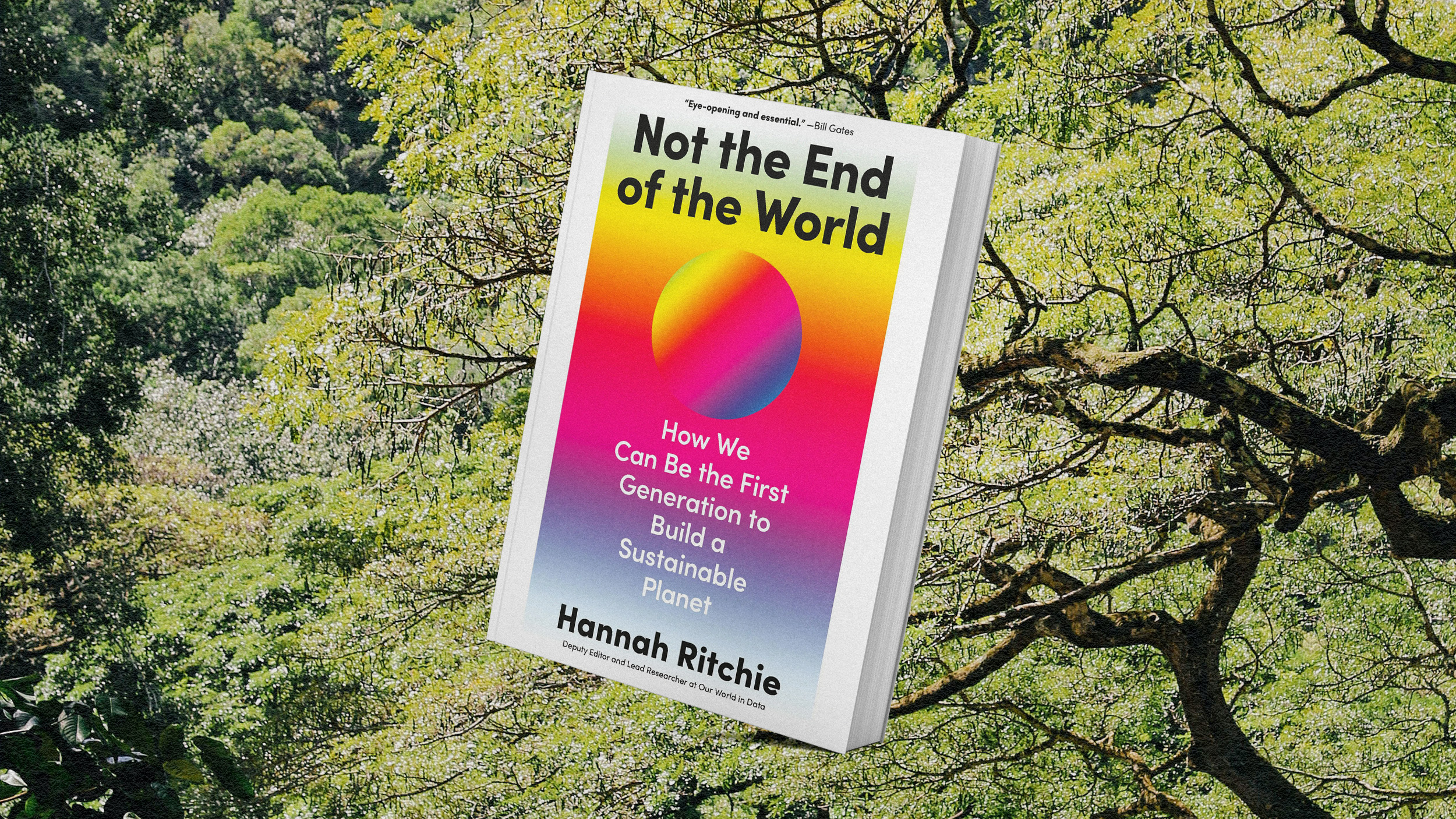- We’re just a few years from the tipping point in engineered food.
- Traditional agriculture’s 10,000-year-run is about over.
- Better foods, tastier foods, and cheaper foods are on the way.
From 2012 to 2023, the costs of protein in the U.S. from cows vs. precision-biology food technology will reach parity, says independent think tank RethinkX. It will be a tipping point after which acceptance of modern foods will accelerate quickly, leaving the cattle industry effectively bankrupt by 2030 and five years later down to 10 percent of its current size.
This “protein disruption” will be followed by the collapse of a wide range of related and supporting industries by 2035, it will be, according to the researchers, “the deepest, fastest, most consequential disruption in food and agricultural production since the first domestication of plants and animals ten thousand years ago.”
RethinkX’s startling predictions are published in a report released September 16 titled “Rethinking Food and Agriculture 2020-2030 — The Second Domestication of Plants and Animals, the Disruption of the Cow, and the Collapse of Industrial Livestock Farming.” The ramifications, the group says, will be profound, far-reaching, and overwhelmingly positive, affecting people everywhere. In sum, things are about to change. Big time.

Protein functions(RethinkX report)
We can build nutrients ourselves, programming complex molecules using precision fermentation (PF).
In the biological sense, food is simply packages of nutrients, such as proteins, fats, carbohydrates, vitamins, and minerals. Of these, proteins — the large molecules that are needed by all cells to function properly — are the most important. They are, quite literally, the building blocks of life. — RethinkX report

(RethinkX report)
Moving food production to the molecular level promises a more efficient means of feeding ourselves and the delivery of superior, cleaner nutrients without the unhealthy chemical/antibiotic/insecticide additives required by current industrial means of production.
RethinkX says, “Each ingredient will serve a specific purpose, allowing us to create foods with the exact attributes we desire in terms of nutritional profile, structure, taste, texture, and functional qualities.” Even better, the report predicts that future food will be “more nutritious, tastier, and more convenient with much greater variety.”
RethinkX coins a term for a worldwide informational platform serving future food production: “Food-as-Software.” It consists of databases of engineered molecules, molecular cookbooks, if you will, that allow for decentralized, stable, and resilient production anywhere — RethinkX cites “fermentation farms” even in densely populated areas. It will provide a means for the continual reiteration and perfection of food molecules. It will also signify a “move from a centralized system dependent on scarce resources to a distributed system based on abundant resources.”
Of course, food isn’t the only thing we derive from animals and plants, and RethinkX also foresees the replacement of their use with PF products in pharmaceutical, cosmetics, and materials products.

Image source: P Stock/Shutterstock
The ramifications of the protein disruption extend across a range of areas by 2030 and 2035, and the report breaks them into four categories.
Economic
- PF foods and products will be at least 50 percent, and as much as 80 percent, lower as current products. This will result in substantial savings for individuals. The average U.S. family will save $1,200 a year, adding up to $100 billion a year for the nation by 2030.
- The revenues of the U.S. beef and dairy industry and their suppliers will decline by at least 50 percent by 2030, and in 2035 by nearly 90 percent. The other livestock and fishery industries will follow.
- The volume of cattle feed crops required in the U.S. will fall by 50 percent by 2030. Revenues for cattle feed will therefore fall by more than 50 percent.
- Farmland values will collapse by 40–80 percent, with regional variations dependent upon alternate uses and other variables.
- Countries heavily invested in animal-product production will suffer significant economic shocks. An example would be Brazil, where 21 percent of GDP is derived from such industries.
- Oil demand from the agriculture industry in the U.S. for production and transportation will largely disappear.
Environmental
- By 2035, 60 percent of the area currently allocated to livestock and food production will be freed for other uses. This is enough land that if it were dedicated to the planting of trees for carbon sequestration, it could completely offset U.S. greenhouse emissions.
- The greenhouse gas contribution of U.S. cattle will drop by 60 percent in 2030, and nearly 80 percent in 2035. Modern food production will lower the net emissions from animal agriculture by 45 percent in 2030, on route to 65 percent in 2035.
- Water consumption related to cattle will drop by 50 percent by 2030 and by 75 percent in 2035. Modern food production will lower water use from animal agriculture by 35 percent in 2030, on route to 60 percent in 2035.
Social
- More nutritious, cheaper, and higher-quality food will become more widely available. Access to cheap protein, particularly in the developing world, will have a “hugely positive impact on hunger, nutrition, and general health.”
- In the declining industries, about 600,000 jobs will be lost by 2030, leading up to over a million in 2035.
- The new industries will add back about 700,00 jobs by 2030 and just over a million by 2035.
Geopolitical
- Decentralized food production will cause relations between countries to shift as it will be less affected by climatic and geographic conditions.
- Current major exporters of animal products will lose some of their current controlling leverage over other nations dependent on their products.
- With vast tracts of arable land no longer a prerequisite to food production, even smaller or densely populated areas will have an opportunity to become major food sources.

Image source: RethinkX report
While RethinkX sees the coming disruption as inevitable, they see as equally likely attempts by current industries to slow it down. The think tank suggests a conscious regulatory approach, warning about two hazards in particular.
RethinkX’s model is based on their Seba Technology Disruption Framework. Unlike more mainstream modeling systems, it aims to more accurately predict the exponential growth that can result from the interaction of related and interdependent industries undergoing disruption in tandem. They caution wariness when attempting to read the future using more mainstream analyses that, “tend to make economies and societies poorer by locking them into assets, technologies, and skill sets that are uncompetitive, expensive, and obsolete.”
Of particular concern to the U.S. as it attempts to find the truth in competing voices — such as those of currently entrenched agribusinesses — is that modern food production will be unbound by geographic factors. It can take place anywhere. “So, if the U.S. resists or fails to support the modern food industry, other countries such as China will capture the health, wealth, and jobs that accrue to those leading the way.”
You can download RethinkX’s report by clicking here. It’s a fascinating look forward.






